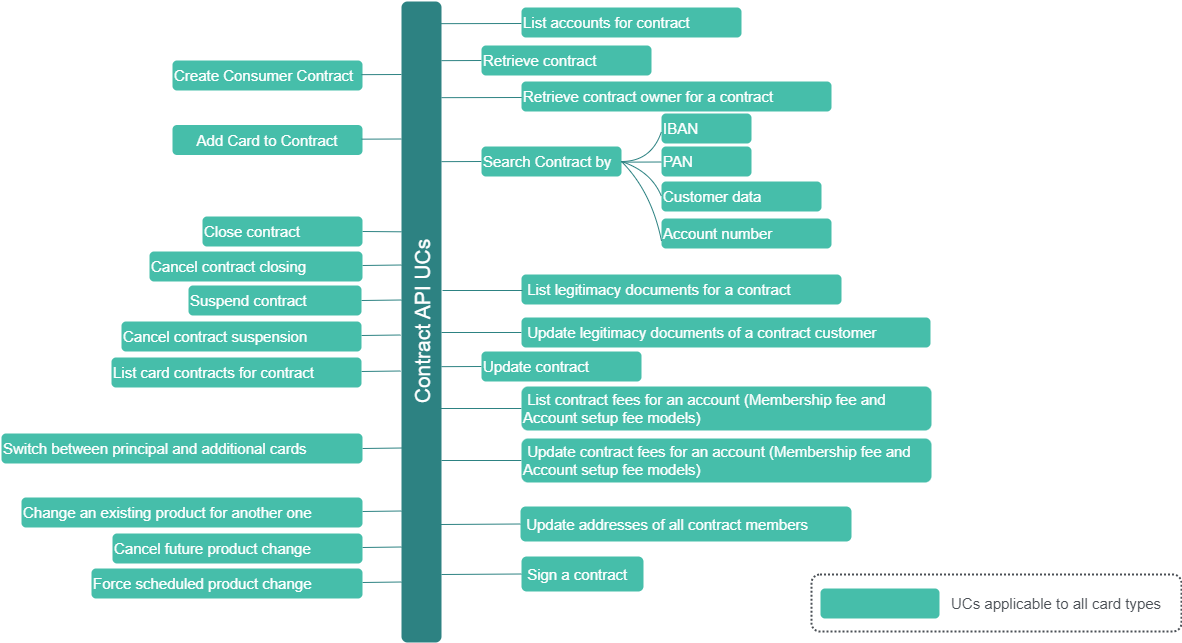Access Token v1
Reach Directory
Data Account Information
DAM API Documentation
ob-obp-authorization-api
To interact with the Open Banking Service securely, you need to retrieve an access token.
This is done by a POST /token call via the Authorization API.
STEP 1 - Upload certificate
Before making the Authorization request, you will first need to upload your public certificate under a specific subscription in our back office portal. You will get access to the back office portal as part of setting your test environment phase.
The certificate can be self signed and should adhere to the following requirements:
- minimum leftover validity: more than 1 month
- maximum validity: 5 years
- key size/length: minimal length 2048, maximum length : 4096
- algorithm: SHA - 256 with RSA
STEP 2 - Retrieve an access token via the Authorization API
Endpoint : POST /token
Base URL: /xs2a/routingservice/services/authorize
To request an access token, you must digitally sign the relevant request headers using the private key associated with the certificate that you have uploaded to the back office portal.
Steps on signing the Authorization requests are available within the section Digital Signatures - Sending authorization requests. You should follow the guidelines in order to properly sign the Authorization requests.
Important Fields for creating API call for Authorization API
Request
| Header fields | Type | Description |
Content-Type required | String | To identify the media type of the source. If not provided, the Initiating Party can expect to come across the error "415, Unsupported Media Type". |
Authorization required | String | The signature. It contains the header attributes 'app', 'client', 'id' and 'date' signed with the private key of the client. The signature will be used to sign the authorization request with the private key which corresponds to the certificate provided during the onboarding. Structure
Example
Refer to the chapter Digital Signatures - Sending authorization requests for more information |
App required | String | The name of the service. Only PIS, IDEAL or AIS is allowed. |
Client required | String | The name of the client. This name is provided to the Initiating Party during onboarding. The name of the client is created by the Open Banking Service and will be provided to you. |
Id required | String | The combination of Initiating Party ID and sub Id separated by semi column. In case there is no sub id, no semi column should be provided. You can find these IDs in the back office portal. Example: IP=433, subId=5 -> the ID will be 433:5. IP=434, no subId -> the ID will be 434. |
Date required | Date | Should be filled with the current date. The following date formats are supported: 1. EEE MMM dd HH:mm:ss zzz yyyy 2. ISO DATE: for example 2011-12-03T10:15:30+01:00 3. RFC 1123: for example Tue, 3 Jun 2008 11:05:30 GMT |
| Form Data | Mult. | Type | Description |
| grant_type | 1..1 | String | To be set to ‘client_credentials’ |
Response
| Body fields | Mult. | Type | Description |
| access_token | 1..1 | String | Token to be used in further API calls |
| token_type | 1..1 | String | Type of the token: Bearer |
| expires_in | 1..1 | Integer | Expiration time in seconds. |
Upon a successful request, the Open Banking Service provides you with an access token, which must be used in all future API interactions, such as POST /payments or GET /preferences, etc. This token should be included in the Authorization header of subsequent requests as follows:
Authorization:Bearer 4944daeae6c9115a10dafecbfad4a9c
This access token allows the Open Banking Service to validate and authorize your API requests.
Example: Authorization
Request
Address: https://digitalroutingservice.awltest.de/xs2a/routingservice/services/authorize/token?grant_type=client_credentials
HttpMethod: POST
Headers: {App=IDEAL, Accept=application/json, Date=2024-02-08T18:31:37.548Z, Authorization=Signature KeyID="39d8e82bb33e7e2a09cbcb3ef3eab351ee1c5e8f", algorithm="SHA256withRSA", headers="app client id date", signature= "r0EqeVMfc4au9fq7ZVhOwjfXbMHkf2GShAH/WIQtjMyjl2swlJss10Y0Fjpqt47aLdeBXpG28mVxzPLjwqNHPvnkNPslepJmHzB3W2A6YgXcoiUqFFv+pxzIBmohVoqVEGb5QC4rxTBpAleE178hSzIJrxxbhlCQv/dSAcoI5V1P1M3pU9VqM7vmql8XlB/yXOjmayeXVtB0T93BzqutHokHBwDjxN8ocKlsX40GcFoFjxov9cKoVjlyMZKyfHRkqZ5u1dUkcN+RFeGgJWCcCcaBydXSicK/elbpq55rAgLCTQF4xFldSDPjcrRsswMIYMZmGz0tCycjDV225pGPGg==", content-type=application/x-www-form-urlencoded, Id=000081, Client=Worldline}Response
ResponseCode: 200
Headers: {X-Request-ID=2aa0dc88-21dd-4034-a027-1d98123596f1, MessageCreateDateTime=2024-02-08T18:31:38.385Z, Date=Thu, 08 Feb 2024 18:31:38 GMT, Content-Type=application/json;charset=UTF-8}
Payload: {
"access_token": "bb00ffd85e0b619a7a9da34df24346f8b309dae54383e5e5481bada22aaa000e",
"token_type": "Bearer",
"expires_in": 3600
Validity of access tokens
As a default, tokens are valid for 60 minutes (3600 seconds). After 60 minutes have elapsed, you will need to request for a new token.
There is an overlap period in the last 10 minutes (between 50th minute - 60th minute). This means if you were to request a new token between 50th minute to 60th minute, you would receive a new access token.
However, for those 10 minutes, the previous token would also still be valid.
Contract
The contract is the subscription to a product by a customer. The contract inherits default values from its product, with the possibility to override some specific parameters such as fees, terms and conditions, credit limit, card layout reference.
Each Contract is identified by a unique “contractReference”, generated internally. It can optionally have an external reference “issuerContractExternalReference”, provided by the issuer, which must be unique for the issuer.
The below diagram presents different use cases covered by the API in the contract domain.
Handle Disputes
Worldline Card Issuing provides to Issuer an interface tool to handle exceptions and manage claims. Additionally, Worldline offers with the Customer Service Management a comprehensive Dispute and Chargeback handling service. The service includes:
-
Chargeback handling
-
Compliance Case handling
-
(Pre)arbitration handling
Corporate hierarchy, as a Bank employee
Set up Corporate credit cards hierarchy
"to come"
Set up Corporate debit card hierarchy
"to come"
Token management, as a Customer
Enroll to wallet
Tokenisation API
"to come"
Dispute, as a Customer
Raise a dispute case for a transaction and add receipt as a proof
